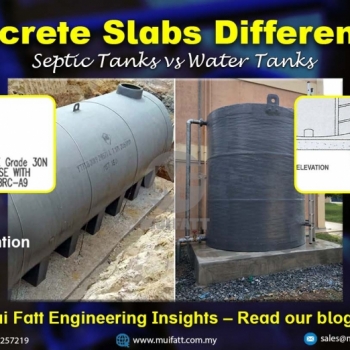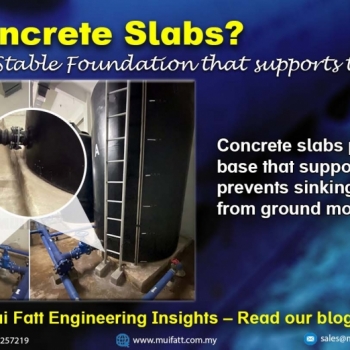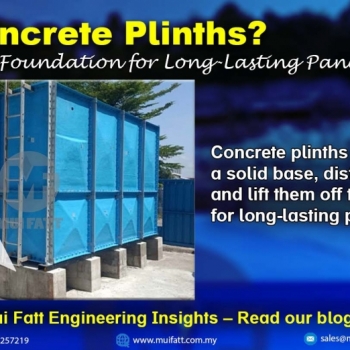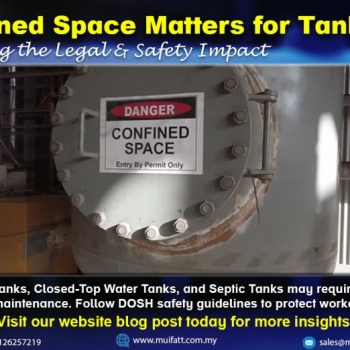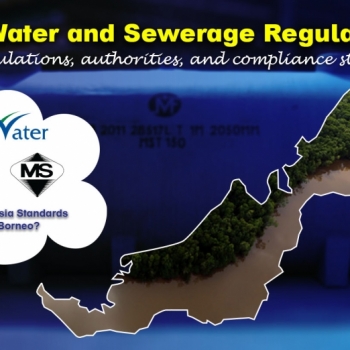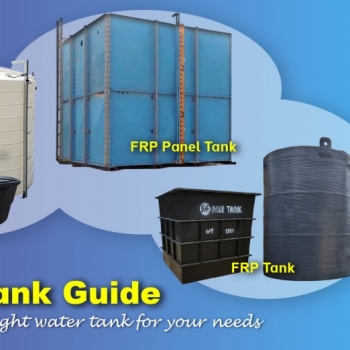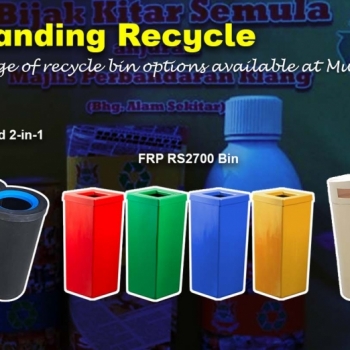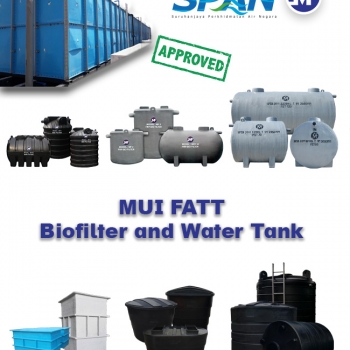Understand the key differences between concrete slabs used for water tanks and septic tanks. Learn about their functions, compliance standards, structural needs, and when to use each, so you can make the right decision for a safe and long-lasting installation.
Mui Fatt Engineering Insights - Concrete Plinths vs Slabs
09 Jun 2025
- Key Takeaways
- What Are Concrete Plinths?
- What Are Concrete Slabs?
- Key Differences Between Plinths and Slabs
- Use Cases: When to Use Each Foundation Type
- Compliance Considerations in Malaysia
- Frequently Asked Questions (FAQs)
Key Takeaways
-
Concrete plinths provide modular, elevated support for sectional panel tanks.
-
Concrete slabs provide a stable, uniform base for water and septic tanks, ensuring a secure seal and durability.
-
Compliance with local standards is crucial for achieving long-term performance and ensuring safety.
Concrete plinths and slabs are both essential foundations used in tank installations, but their design and function differ significantly. Understanding these differences helps in choosing the right foundation for your water tank, septic system, or sectional panel tank project. In this article, we explore their unique characteristics, compliance requirements, and real-world applications.
What Are Concrete Plinths?
Concrete plinths are raised beam structures designed to support sectional panel tanks or other modular systems. They provide elevated, point-load support, enabling easy maintenance and inspection under the tank. Plinths are typically arranged in a grid pattern, aligned with the tank’s panel joints and C-channel supports.
Explore our guide on concrete plinths for sectional panel tanks - Mui Fatt Engineering Insights - Panel Tank Concrete Plinth
What Are Concrete Slabs?
Concrete slabs are flat, continuous foundations that provide uniform support across the tank’s base. Commonly used for water tanks and septic tanks, slabs distribute loads evenly, reduce settlement risks, and offer a stable base for pipe connections and sealing. Slabs often meet MS standards and SPAN approval requirements in Malaysia.
Learn more about concrete slab requirements for water and septic tanks - Mui Fatt Engineering Insights - Tank Concrete Slab
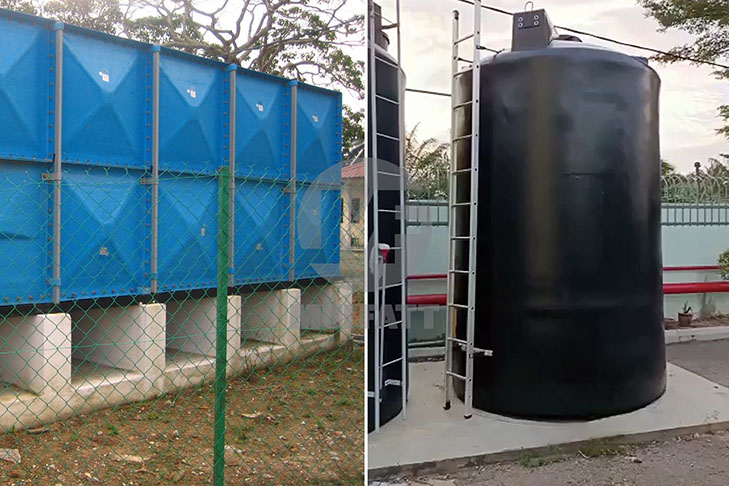
Key Differences Between Plinths and Slabs
| Feature | Concrete Plinth | Concrete Slab |
| Design | Elevated beams | Flat, continuous surface |
| Load Distribution | Point load (aligned beams) | Even load spread across slab |
| Installation Complexity | Moderate | Simpler |
| Common Applications | Sectional tanks | Water & septic tanks |
| Durability & Maintenance | High | High |
Use Cases: When to Use Each Foundation Type
-
Concrete Plinths: Ideal for sectional panel tanks in industrial facilities, data centers, and commercial installations where modular support and drainage clearance are crucial.
-
Concrete Slabs: Recommended for water tanks (potable, rainwater) and septic tanks (including PE and FRP types) to prevent sinking, ensure sealing, and simplify pipe installation.
Compliance Considerations in Malaysia
-
Concrete plinths for sectional tanks must follow MS 1390 standards, ensuring proper load distribution and alignment with modular panels.
-
Concrete slabs comply with MS 2441 standards for septic tanks and SPAN approvals, ensuring structural safety and environmental compliance. IKRAM SBBT certification further assures that products meet relevant standards, though it focuses on product-level compliance.
-
JKR (Public Works Department) and DOSH (Department of Occupational Safety and Health) provide guidelines that complement MS standards, particularly for public and industrial installations, ensuring compliance, worker safety, and long-term performance.
Potential Hazards of Using the Wrong Foundation
-
For Water Tanks: Settlement can lead to pipe misalignment, leaks, and structural failure.
-
For Septic Tanks: Poor slab design risks wastewater leakage, environmental contamination, and costly repairs.
Incorrect slab sizing can lead to structural stress and tank rupture, as shown below. **Always ensure slab dimensions match the tank footprint and load requirements
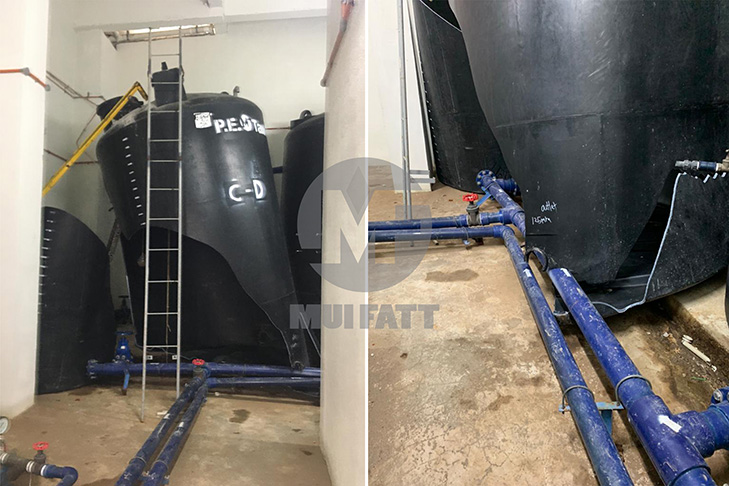
Conclusion
Concrete plinths and slabs serve distinct roles in tank installations. Choosing the right foundation is essential for stability, compliance, and durability.
-
Learn more about concrete slab requirements for water and septic tanks - Mui Fatt Engineering Insights - Tank Concrete Slab
-
Discover why concrete plinths matter for sectional panel tanks - Mui Fatt Engineering Insights - Panel Tank Concrete Plinth
Frequently Asked Questions (FAQs)
Can plinths replace slabs for septic tanks?
No. Septic tanks require slabs for proper sealing and stability, while plinths are designed for modular tanks like sectional panel systems.
Are slabs mandatory for water tanks?
Slabs are generally required for PE and GRP one-piece water tanks to ensure long-term durability and compliance with standards such as MS 2441 and SPAN approvals. These slabs provide a stable base that distributes the tank’s weight and reduces the risk of settlement or misalignment. However, for sectional panel tanks (e.g., GRP/FRP), the foundation typically involves concrete plinths as specified in MS 1390, not slabs.
Which foundation is easier to install?
Concrete slabs are simpler to install, while plinths require precise beam placement and alignment.
Do Malaysian standards differ for each type?
Yes. In Malaysia, MS 1390 covers GRP sectional panel tanks and specifies the use of concrete plinths to support modular panel structures. Meanwhile, MS 2441, SPAN approvals, and IKRAM SBBT certifications apply to prefabricated water and septic tanks, which require concrete slabs to provide stability, sealing, and compliance with environmental standards. While IKRAM SBBT certifies product compliance, it references MS standards for design and installation best practices.
#Concreteplinthvsslab #tankfoundationcomparison #FRPtankbase #septictankslab #Malaysiatankinstallation #concretebasefortanks
Disclaimer:-
The information provided on this website is for general informational purposes only and does not constitute legal advice. While we strive to ensure the accuracy and reliability of the information provided, we make no representations or warranties of any kind, express or implied, about the completeness, accuracy, reliability, suitability, or availability concerning the information contained herein. Any reliance you place on such information is therefore strictly at your own risk. This website may contain links to other third-party websites. Such links are only for the convenience of the reader, user, or browser; which we do not warrant, recommend, endorse, or assume liability for the contents of the third-party sites.
Keep in touch with us should you be keen on receiving timely updates from us
- Website - https://www.muifatt.com.my/home/
- Facebook - https://www.facebook.com/muifattmarketing
- Instagram - https://www.instagram.com/muifattmarketing/
- Google - https://goo.gl/maps/WxVY13gNcaRTS7Jp6
- Youtube - http://www.youtube.com/@MuiFattMarketing
- TikTok - https://www.tiktok.com/@muifattmarketing
- LinkedIn - https://www.linkedin.com/company/mui-fatt-marketing-sdn-bhd-
- Linktree - https://linktr.ee/muifattmarketing
- Shopee - https://www.shopee.com.my/muifattmarketing
- Lazada - https://www.lazada.com.my/shop/mui-fatt-marketing
Recent Blog
Mui Fatt Engineering Insights - Tank Concrete Slab
Concrete slabs provide stability and safety for water and septic tanks. This blog explains why they are essential, whether they are mandatory, and how they impact installation and maintenance.
Mui Fatt Engineering Insights - Panel Tank Concrete Plinth
Explore the essential role of concrete plinths and C-channels in sectional panel tanks. Learn why they’re standard, how they enhance stability and maintenance, and how Malaysia’s regulations influence their use.
Why Confined Space Safety Regulations Matter in Tank Work
Working inside FRP or PE tanks, like panel tanks, septic tanks, or SSTS, may involve confined space hazards. Understand why compliance with DOSH regulations is essential for your project’s safety and success.
Essential Guidelines for Water & Septic Tanks in Borneo
Understand the regulations and guidelines for water and septic tanks in Borneo, plus compliance with SPAN, IWK, and SIRIM standards in Malaysia.
Essential Guide to Choosing the Right Water Tank for Your Needs
A step-by-step guide on water tank considerations, including material, size, application, and more. Learn how to pick the perfect tank for your needs.
Understanding Recycle Bins: Types, Uses, and Regulations in Malaysia
Learn the differences between recycle and recycling bins, the types of bins by color and material, and why they're essential for waste management in Malaysia. Discover our FRP and PE recycle bins for your needs.
Why SPAN-Approved Water and Septic Tanks Are Essential for Your Project
In this blog, we explore why using SPAN-approved water and septic tanks is critical for compliance, safety, and reliability in construction projects across Malaysia. Learn how SPAN certification ensures the quality of your tanks, and why it’s essential for maintaining water service standards under Act 655. Discover how various end-user products such as water tanks and septic tanks adhere to this legislation and the consequences of non-compliance, emphasizing the importance of strict adherence for safeguarding Malaysia's water resources and public well-being.



